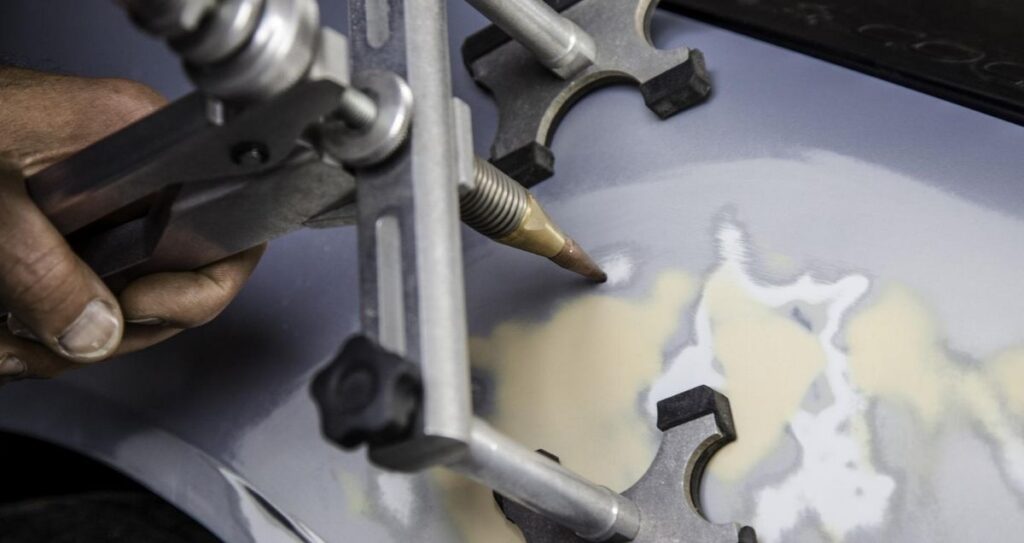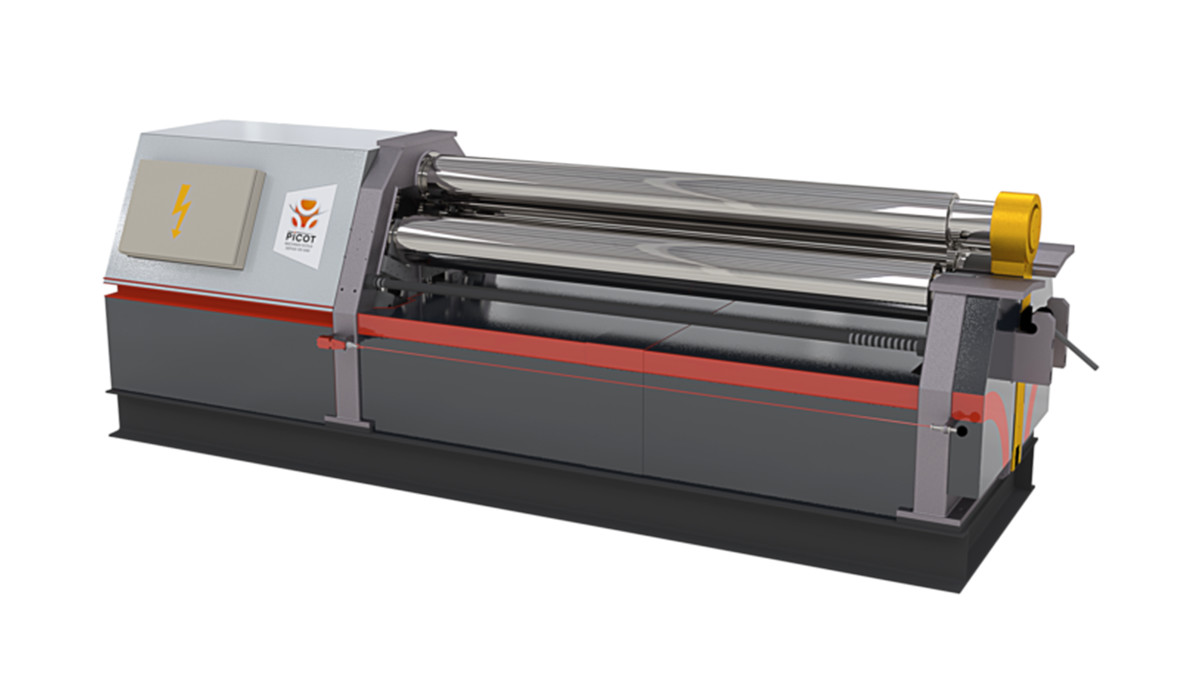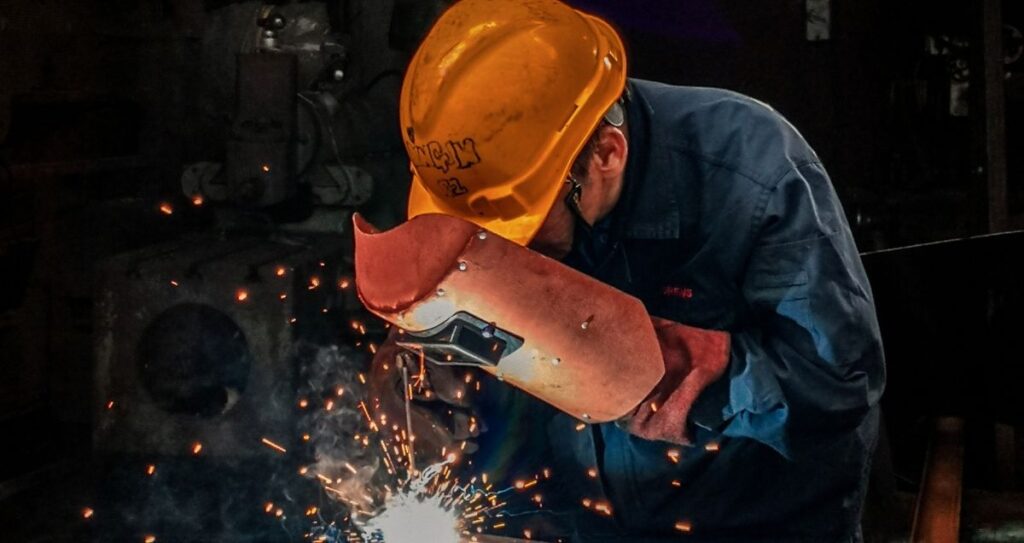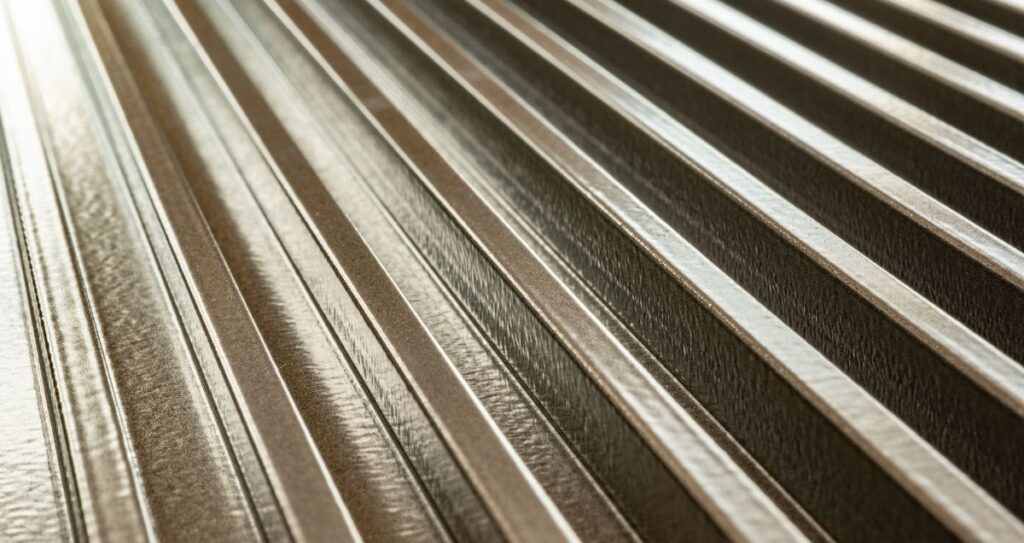Sheet Metal design is a complex task that involves several disciplines that include flexible mechanical and thermal behavior, aesthetics, manufacturing, and assembly process.
A product designed with a compromise of these areas can cause severe issues down the line, affecting the performance and the end-user satisfaction.
Below are a few mistakes manufacturers often encounter when designing Sheet Metal products and ways to avoid them.
Having a Tight Bend Radius
The bend radius is necessary to notice when drawing up your design. Because when the bend radius is too tight, it becomes a weak point in the sheet metal product.
A near-perpendicular bend area can cause your part to break easily. It can also deformity the dimensions of the sheet metal part you’re trying to create.
You need to understand the bend ratios and quality of the sheet metal product. If you cannot understand, you will most likely get a crack in the metal.
In this case, you need to redesign and refabricate your metal product, and it will enhance your production cost.

Making Excess Holes
Holes, in particular, are daunting to add in large quantities in sheet metal products. It can add complexity to the process, and each hole has a solid chance of breaking the sheet metal product.
Moreover, placing these notches and other features too close to your bent edges can affect the function of the sheet metal part.
If you place the holes near a bend radius, they may lose their capacity to hold hardware or withstand tension.
The best practice is not to put any cut features near any bends. If you need to add one near a turn, try to add them past the bend line.
Not Including Hardware Specs
Including all details is essential when compiling your hardware specifications in your CAD file. Every sheet metal product fabrication process begins with a CAD file.
Without the proper hardware specifications, you will have extended lead times for your fabrication.
You need to note which types of nuts, studs, bolts, and other components you require in your sheet metal product. With a comprehensive CAD file, you will acquire precisely what you want in lesser time.
Using The Wrong Sheet Metals
Selecting the suitable sheet materials for your project is very important. When in the designing stage, consider the type of environment your product will face daily.
If your design is based on mechanical properties alone, your product may become unusable in a short amount of time. Such as, untreated steel would not last very long in a high-salt, damp environment.
You can avoid enhanced manufacturing costs by considering resistance to heat, corrosion, and other environmental factors.
For instance, mechanical features like tensile strength or malleability, Conductivity of electricity and heat, Toughness and wear resistance, Weight, and manufacturability and Cosmetic look.
Picking The Wrong Finish
Apart from the base materials, the sheet metal finish also serves an essential purpose for your final product. Some finishes protect steel, while others add decorative features to their surface.
Aesthetic finishes usually don’t provide any corrosion protection. But powder coating does give some protection against water and other elements.
Chemical finishes alter the properties of the steel surface. And add additional features to make it more corrosion resistant.
When selecting a finish, there are many options to check. So, check which one will give results that suit your need.
Being Unaware of Machine Capabilities
Another common mistake when designing sheet metal products for manufacturing is a general lack of knowledge of the machines.
When talking with a manufacturer, take the time to ask them about their devices and their capabilities early on.
You can ask for a guided tour around their facility. It enables you to make the appropriate adjustments to your design to meet these constraints better.

Final note
The most important thing to remember when designing metal components is that the metal part will always be bent into shape.
This means you need to consider this in your design. Most design engineers tend to design Sheet Metal parts using a flat pattern, but this can result in poor formability and reduced yield.
Always consider the surface finish required for your product and the requirements for special finishes such as electroplating or heat treatment.
Delahenty Machinery
At Delahenty Machinery, we endeavor to be the one-stop shop for all your Sheet Metal needs. We ensure that you get access to the best tools and machines at affordable prices, so buying them from us is more advantageous than anyone else.




